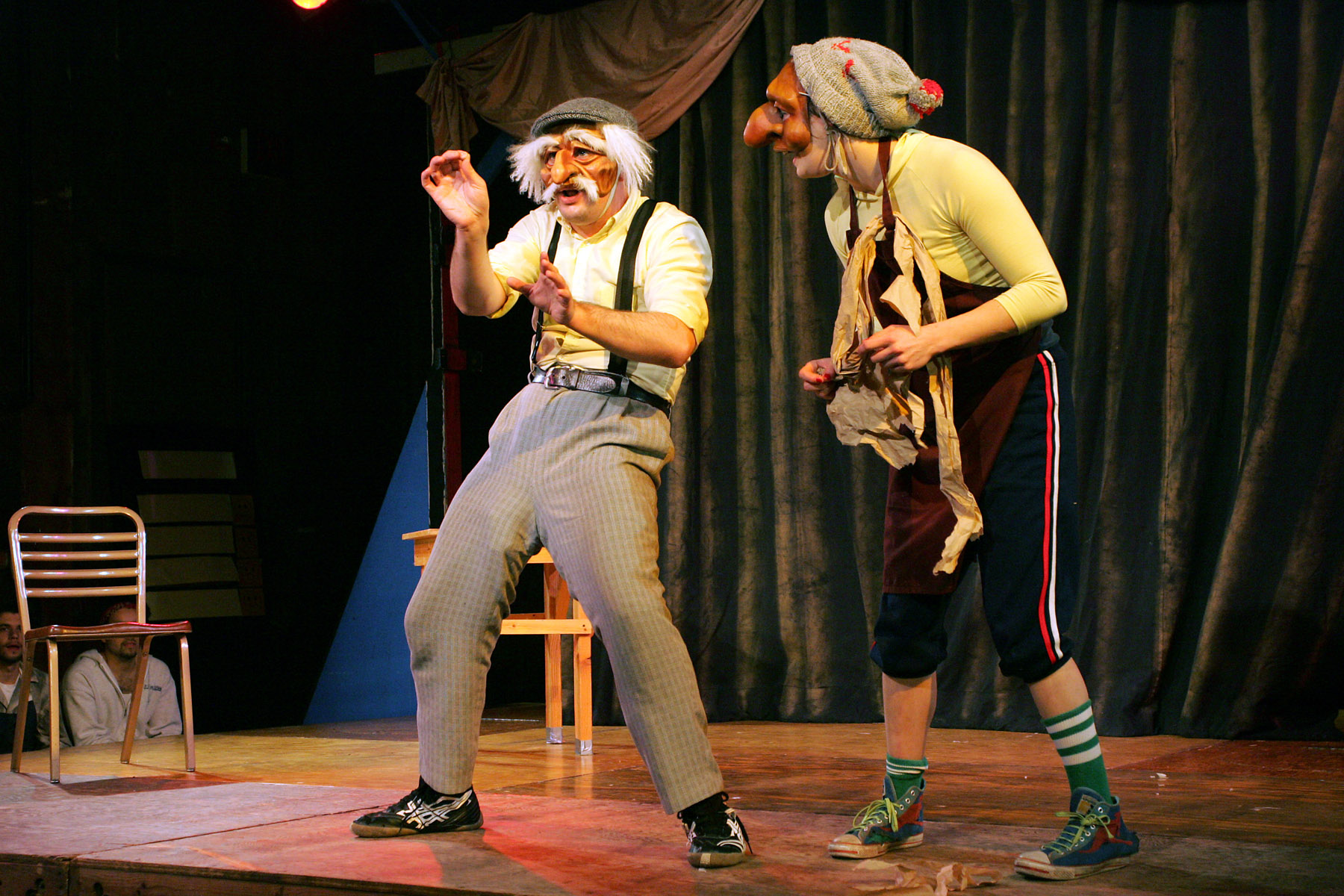Understanding the intricacies of an actor role is crucial for anyone interested in acting or theater. Whether you’re an aspiring actor, a theater enthusiast, or simply curious about how roles come to life on stage or screen, this guide will provide you with a comprehensive look at what an actor role entails. From defining the core components of an actor’s role to exploring the processes and challenges involved, we’ll delve into every aspect of what makes an actor’s role both an art and a craft.

What Is an Actor Role?
An actor role refers to the character or persona that an actor portrays in a performance, whether in a play, film, television show, or any other medium of entertainment. It encompasses the full spectrum of responsibilities and tasks an actor undertakes to bring a character to life. This role is not just about memorizing lines but involves a deep understanding of the character’s background, motivations, and relationships within the story.
In essence, an actor role is a multifaceted responsibility that requires both technical skills and emotional depth. The actor must interpret the script, align with the director’s vision, and collaborate with other cast members to deliver a compelling performance.
The Different Types of Actor Roles
Actors often encounter various types of roles, each with its unique set of demands and significance:
- Leading Roles: These are the primary characters around whom the story revolves. They usually have the most dialogue and screen time, and their actions drive the plot forward. Examples include Hamlet in Shakespeare’s Hamlet or Tony Stark in Iron Man.
- Supporting Roles: Supporting characters complement the leading roles, often providing essential background or contributing to subplots. They may have fewer scenes but are crucial to the overall narrative. Examples include Dr. Watson in Sherlock Holmes or Samwise Gamgee in The Lord of the Rings.
- Ensemble Roles: In ensemble pieces, there is no single protagonist. Instead, multiple characters share the spotlight, and each role is integral to the collective story. Examples include the cast of Friends or The Avengers.
- Minor Roles: These roles have limited screen time and minimal impact on the plot but still add depth and realism to the story. Examples include the various patrons in a bar scene or incidental characters in a large ensemble piece.
Types of Actor Roles
| Role Type | Description | Examples |
|---|---|---|
| Leading Role | Central character; drives the plot | Hamlet, Tony Stark |
| Supporting Role | Complements leading roles; contributes to subplots | Dr. Watson, Samwise Gamgee |
| Ensemble Role | Multiple characters share focus | Friends, The Avengers |
| Minor Role | Limited screen time; background characters | Bar patrons, incidental characters |
Understanding these role types helps actors and audiences alike appreciate the various contributions each character makes to a story.

The Components of an Actor Role
Character Development
Character development is a cornerstone of any actor role. It involves the process of bringing a character to life through a thorough understanding of their background, personality, and motivations. This process requires actors to dive deep into the character’s history, relationships, and goals within the story.
Steps in Character Development:
- Script Analysis: Actors begin by studying the script to understand the character’s dialogue, actions, and relationships. This includes analyzing subtext (the underlying meaning behind the words) and the character’s role in the narrative.
- Backstory Creation: To portray a character convincingly, actors often create a detailed backstory. This includes imagining the character’s life before the events of the script and how those experiences shape their actions and reactions.
- Emotional Connection: Actors work to establish an emotional connection with their character. This involves empathizing with the character’s struggles and aspirations to deliver a performance that resonates with authenticity.
Case Study: Method actors, such as Daniel Day-Lewis, are renowned for their immersive approach to character development. For his role in Lincoln, Day-Lewis stayed in character throughout the filming process, adopting President Lincoln’s mannerisms and speech patterns to deliver an award-winning performance.
Script Analysis
Script analysis is a vital skill for any actor. It involves a detailed examination of the script to understand the character’s role, the narrative structure, and the thematic elements of the story. This process includes:
- Dialogue Breakdown: Actors analyze their character’s lines to understand their intent and how they fit into the larger context of the story. This helps in delivering lines with the right emotional tone and pacing.
- Scene Objectives: Each scene has specific objectives that contribute to the overall plot. Actors identify these objectives to align their performance with the scene’s goals.
- Character Relationships: Understanding how the character interacts with others in the script helps actors build believable relationships and dynamics on stage or screen.
Table: Elements of Script Analysis
| Element | Description | Purpose |
|---|---|---|
| Dialogue Breakdown | Analysis of character’s lines and their impact | To deliver lines with correct tone and intent |
| Scene Objectives | Goals and purpose of each scene | To align performance with the scene’s goals |
| Character Relationships | Interactions and dynamics with other characters | To build believable on-screen or on-stage relationships |
Fact: Studies show that actors who invest time in script analysis are more likely to deliver nuanced and engaging performances.
Collaboration with Directors and Other Actors
Effective collaboration is essential for bringing an actor role to life. This involves working closely with directors and fellow actors to create a cohesive and compelling performance.
1. Working with Directors: Directors provide the vision for the production and guide actors in shaping their roles. Actors must be open to feedback and willing to adjust their performance based on the director’s vision. This collaboration ensures that the character aligns with the overall artistic direction of the production.
2. Chemistry with Fellow Actors: On-screen or on-stage chemistry with other actors can significantly enhance a performance. Actors practice scenes together, explore dynamics, and build relationships that contribute to a more believable and engaging portrayal.
Case Study: The chemistry between Tom Hanks and Meg Ryan in Sleepless in Seattle is often cited as a key factor in the film’s success. Their ability to connect and interact authentically brought their characters to life and resonated with audiences.

The Process of Getting an Actor Role
Auditions and Casting Calls
Auditions and casting calls are the initial steps in the process of landing an actor role. They serve as a critical platform for actors to showcase their talent and suitability for specific roles.
1. Preparing for Auditions:
- Research the Role: Actors should thoroughly research the character and the production. Understanding the role’s requirements and the production’s style helps in tailoring the audition performance.
- Rehearse Monologues or Scenes: Actors often perform a monologue or a scene from the script during auditions. Practicing these performances helps in delivering a confident and polished audition.
- Dress Appropriately: Dressing in a manner that reflects the character (if specified) can make a positive impression. For example, wearing attire that suits the character’s time period or profession.
2. What Happens During an Audition:
- Performance: Actors perform their prepared piece or participate in cold readings (reading lines from the script without prior preparation). This is an opportunity to demonstrate their understanding of the character and their acting skills.
- Callback: If the initial audition is successful, actors may be called back for additional readings or screen tests. This allows the casting team to see the actor in different scenarios or alongside other potential cast members.
Fact: According to a survey by Backstage, it can take an average of 10-20 auditions for an actor to land a role, highlighting the competitive nature of the industry.
Tips for Successful Auditions:
- Be punctual and prepared.
- Show confidence and enthusiasm.
- Listen carefully to direction and feedback.
The Role of Casting Directors
Casting directors play a crucial role in the process of matching actors to roles. Their job involves identifying and selecting actors who best fit the needs of the production.
1. Responsibilities of Casting Directors:
- Reviewing Submissions: Casting directors review headshots, resumes, and demo reels submitted by actors to identify potential candidates for roles.
- Organizing Auditions: They schedule and manage auditions, ensuring that the process runs smoothly and that actors are given a fair chance to showcase their talent.
- Making Recommendations: After auditions, casting directors recommend actors to producers and directors based on their suitability for the roles.
2. What Casting Directors Look For:
- Talent and Skill: Demonstrated acting ability and range.
- Fit for the Role: How well the actor aligns with the character’s requirements and the production’s vision.
- Professionalism: Reliability, preparation, and attitude during auditions.
Case Study: In Harry Potter and the Sorcerer’s Stone, casting director Fiona Weir was instrumental in selecting the young actors who would embody the beloved characters. Her careful selection process ensured that the cast matched the characters’ descriptions and brought the story to life.